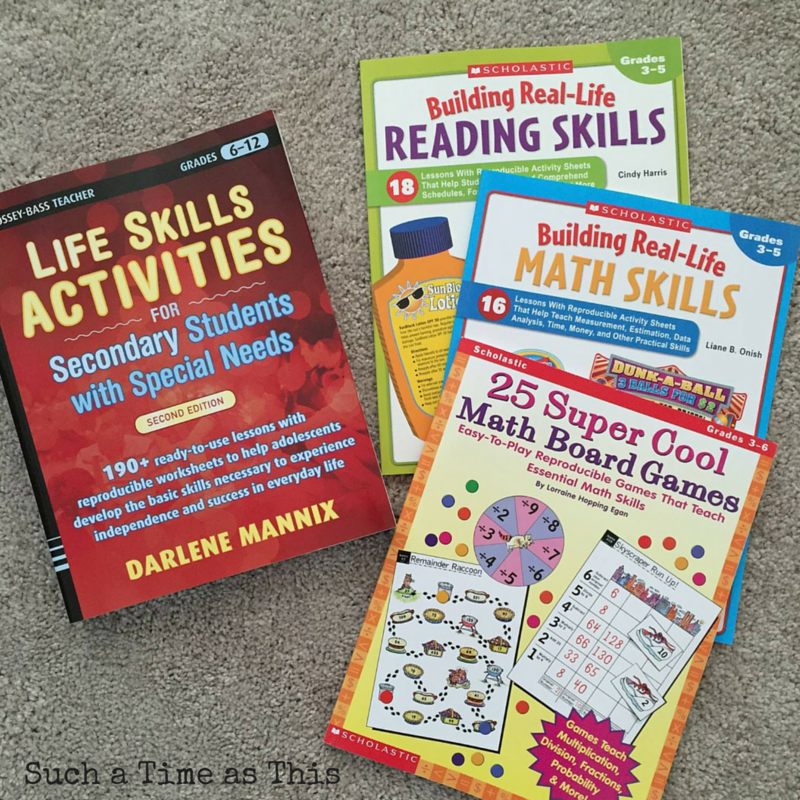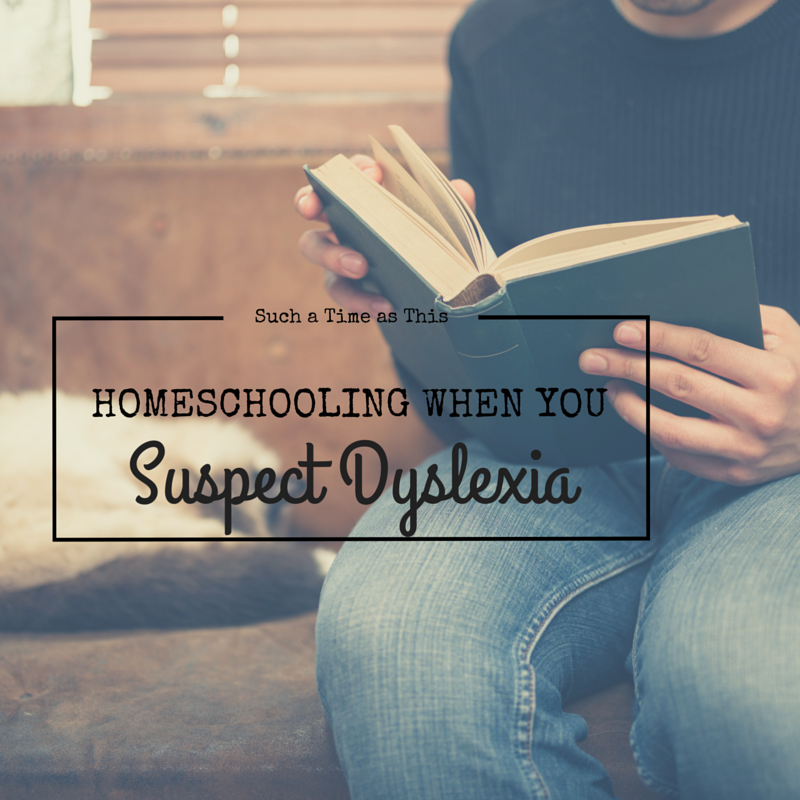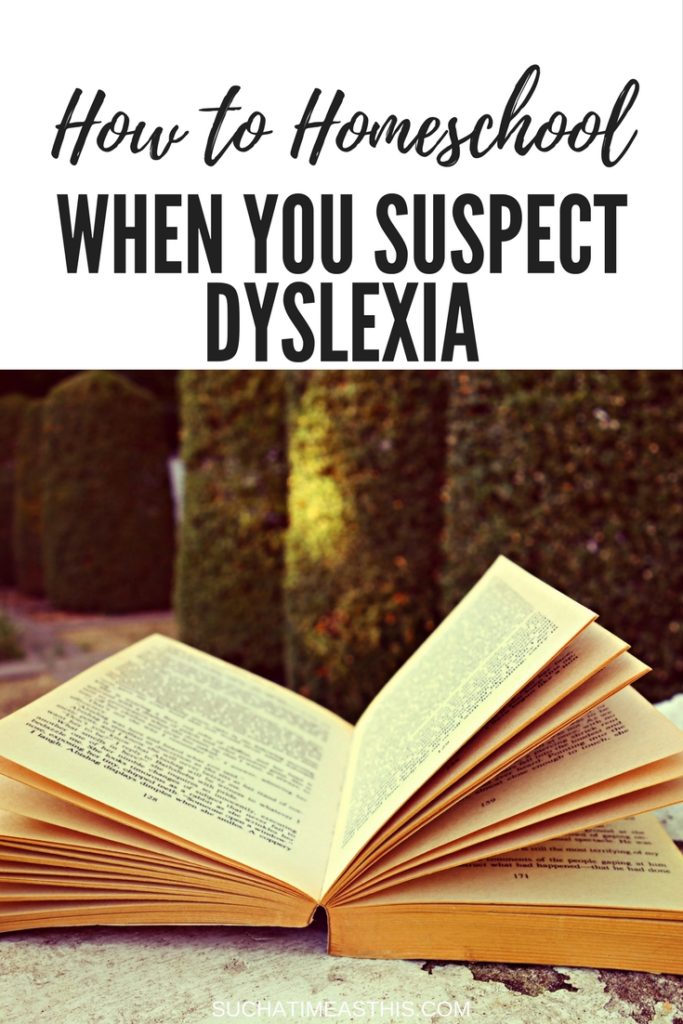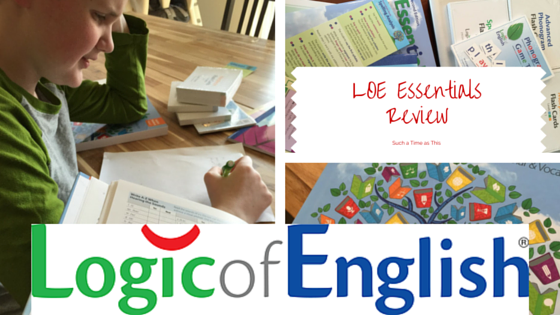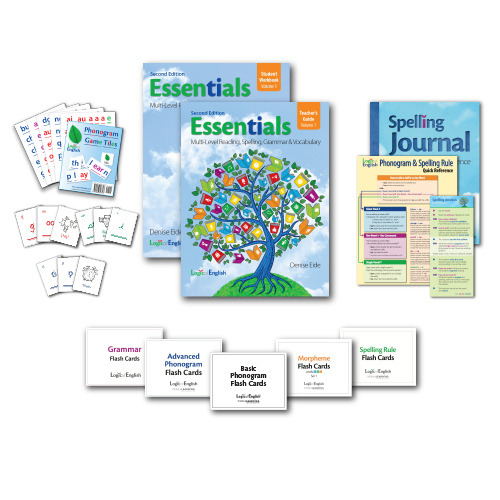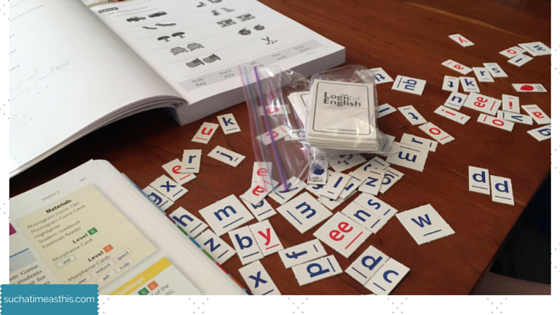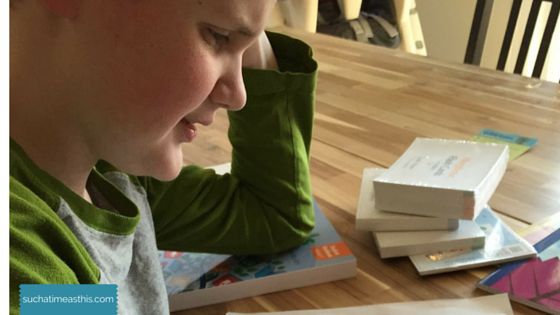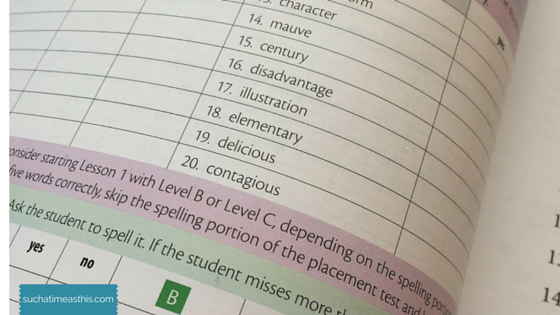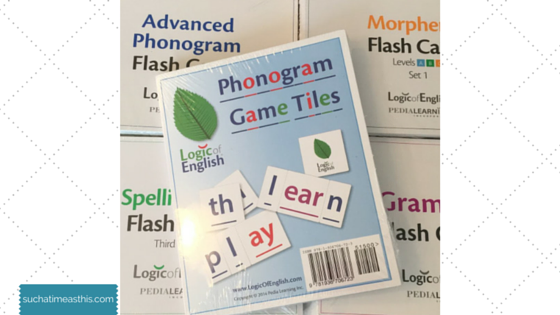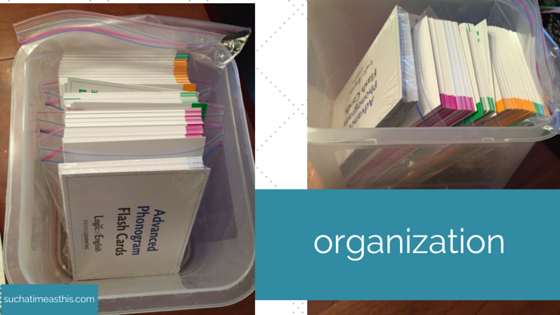Mom of Many: How to Find Calm in Your Homeschool Day
Let’s face the facts – sometimes being a mom of many and homeschooling a big family with lots of littles at home can be crazy chaotic. It’s a totally doable thing but you need a plan. You need to grab a slice of hope that you can stick to your fridge, slip it in your back pocket or plant it in your heart. Here’s the truth: there is freedom with a good attitude and a fluid routine!
1.) Develop a good routine
You might not realize it right now, but you are fighting a battle. It’s a battle for truth and goodness to prevail in your household. There are a lot of things working against you here. For one? The sheer numbers. You are outnumbered, mom. And your little sweethearts might resemble angels but they all have a little bit of bad hiding behind their twinkling eyes. If you don’t gain some semblance of order over the little mischief makers they will overpower you and they will win. Take a quick tally of the basics: hours in the day, things you need to get done, extra curriculars, chores, naps and meals. Figure out the best time to squeeze those things in your schedule. I like to keep a magnetic white board on my fridge and quickly jot down the basic makes or breaks of the day. If there are certain things that need to happen and places you need to go, include them there. It’s important, for me, to have a visual to guide me throughout the day. Otherwise, I can be quickly distracted.
2.) Don’t let the schedule rule you
That brings me to this very important point. So, now you have a schedule – don’t let this schedule rule you! I’ve been there and done that. I also ended up hiding in the bathroom and trying to escape both the chaos and the schedule that ran off the rails. Say it with me – your schedule is f-l-u-i-d. Fluid: (adj & N) In physics, a fluid is a substance that continually deforms (flows) under an applied shear stress. (Wikipedia) There will be stress, mama, and you and your schedule needs to continually flow so that you don’t break.
3.) Find a co-op or another homeschool group
Just because you are a mom of many doesn’t mean you can’t find your tribe. This has been a lifesaver for me. I tried this big family homeschooling thing with no support group and I was a mess. We are people who have thoughts, feelings, emotions and we need friends. Yes, your kids need this too – but you know what they say, “if mama ain’t happy…” You need to have some outside support. There are co-ops that are just for fun extracurriculars, some are purely academic classes, I’ve even found groups that just get together a couple times a month to take field trips and do playdates. Find a group. These will be your people. Trust me, don’t isolate yourself and only make friends with people on the internet. There will come a day when you wake up and you realize you long to have deep friendships with other moms who get it.
4.) Don’t be afraid to try new things
If your curriculum isn’t working – toss it. I mean don’t actually throw it away but you get the idea. You can always sell (most) curriculum at local book shops, homeschooling stores, online forums and even some Facebook groups. Don’t use something that makes you or the kids unhappy. I honestly believe there is something out there for everyone. (We recently started using this system which works beautifully as a mom of many because it is so much less to keep track of Simplify Your Homeschool with Notebooking Journals)
5.) Try a Curriculum that Combines Ages & Grade Levels
When you have lots of kids of different ages, it is important to find a curriculum that combines easily. This makes it so much easier to do school. Here’s how it works: Find a curriculum that spans the ages or grade levels of your kids and that can be made more difficult or easier depending on age and ability. Some combined age curriculums that I’ve tried are: Simply Charlotte Mason, My Father’s World, and Heart of Dakota. You can read more about our recent year with Heart of Dakota Preparing, as well. I don’t consider Heart of Dakota perfect for combining large spans of ages but it can be good if you pick a lower level and add on the additional reading packages and extension pack.
6.) Don’t Listen to the Naysayers
There will be people who look at your life in judgment of your big family and your plans to homeschool as a mom of many. They might even look you in the face and tell you that you can’t do this. They will question your life choices. They will get all philosophical on you. They will tempt you to throw your kids back in school – for your sake. For their sake. Because it’s easier. Because they will be worried for you or for your children’s well-being. Just know that even though homeschooling has grown to be hugely popular still many people still hold untrue beliefs about homeschooling. You don’t need to be listening to these people. Check their wisdom, their knowledge, and their motives.
Just remember you aren’t alone in this! Do you have a big family? Are you homeschooling a large family? What tips do you have to share?
You might also be interested in these:
Make Your Own Homemaking Homeschooling Binder
Charlotte Mason Homeschooling Weekly Planner and Yearly Printable
5 Ways to Find a Routine Amid the Chaos
Don’t forget your free printables:
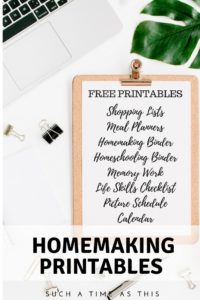
Want to read more? Check out these bloggers:
Melissa @ Grace Christian School
Michele @ Family, Faith and Fridays
Missica @ Through the Open Window
Monique @ Mountain of Grace Homeschooling
Rebekah @ There Will Be A $5 Charge For Whining
Renita @ Krazy Kuehner Days
Sarah @ Renaissance Mama
Sasha @ Such a Time as This
Tawnee @ Adventures in Homeschooling
Tiffany @ The Crafty Home
Tina @ Desperate Homeschoolers



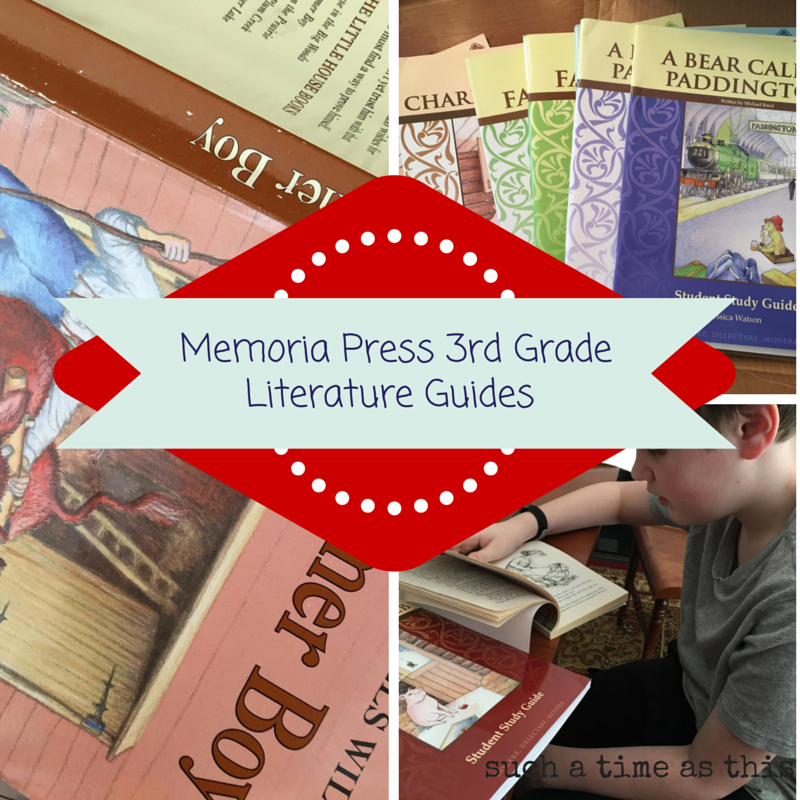

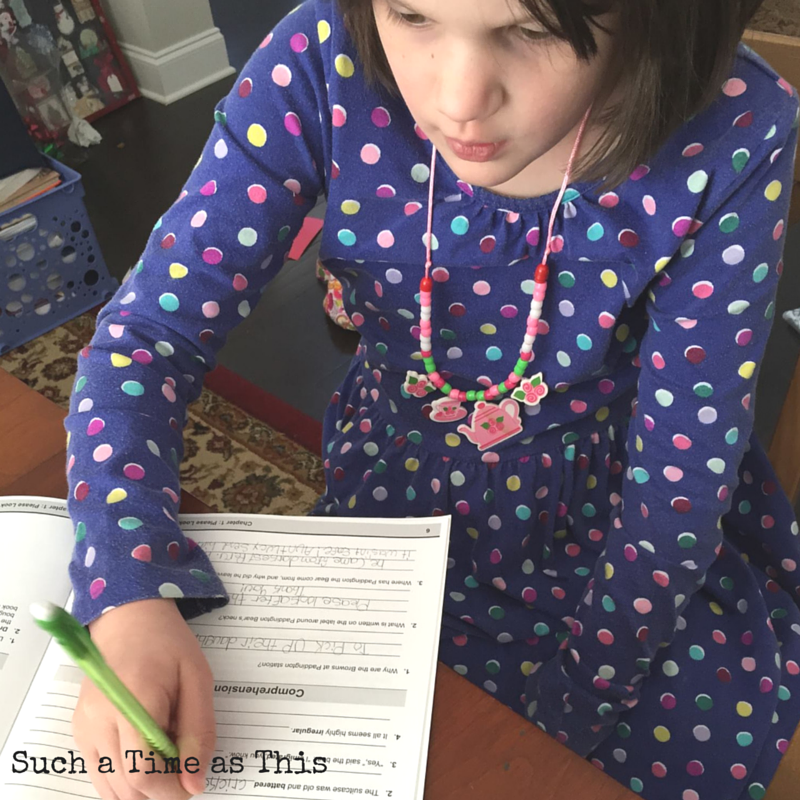
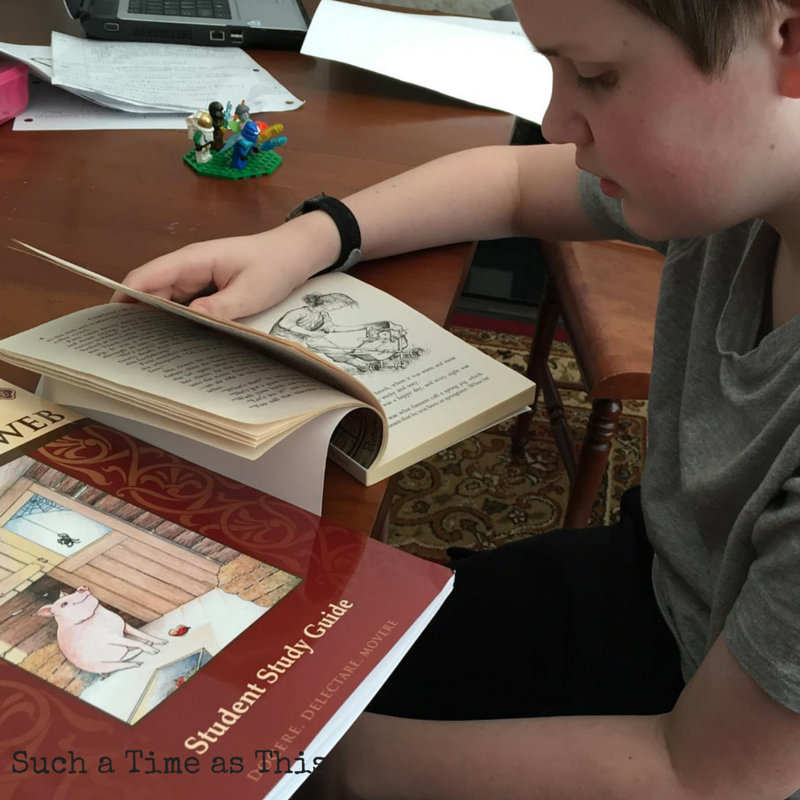

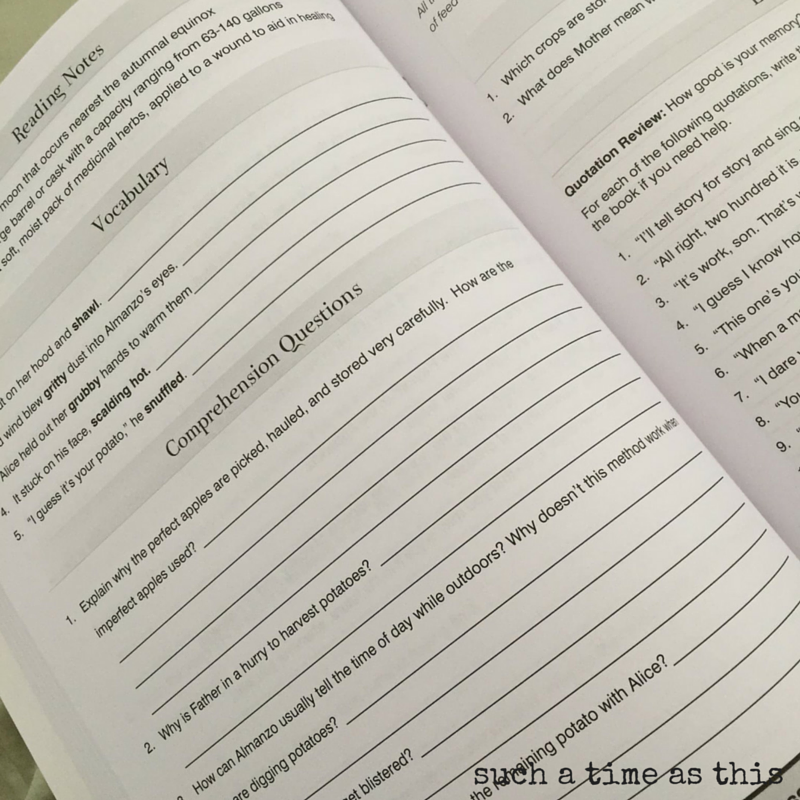 I allowed my kids to use an online dictionary if they had trouble understanding the meaning of the word. The next section is a series of comprehension questions to test the students memory and understanding of the passage.
I allowed my kids to use an online dictionary if they had trouble understanding the meaning of the word. The next section is a series of comprehension questions to test the students memory and understanding of the passage.  There is also a small quotations quiz – a kind of “who said it”. This is followed by discussion questions and an extra enrichment activity. For instance, in the “Paddington” book my daughter was told to located the continent of South America and find Peru and the Lima on a world map (Paddington was from Peru). Then as a follow-up, she was to draw a map and the bear’s route! There is even a recipe in the back for making Paddington’s favorite food – marmalade!
There is also a small quotations quiz – a kind of “who said it”. This is followed by discussion questions and an extra enrichment activity. For instance, in the “Paddington” book my daughter was told to located the continent of South America and find Peru and the Lima on a world map (Paddington was from Peru). Then as a follow-up, she was to draw a map and the bear’s route! There is even a recipe in the back for making Paddington’s favorite food – marmalade! 
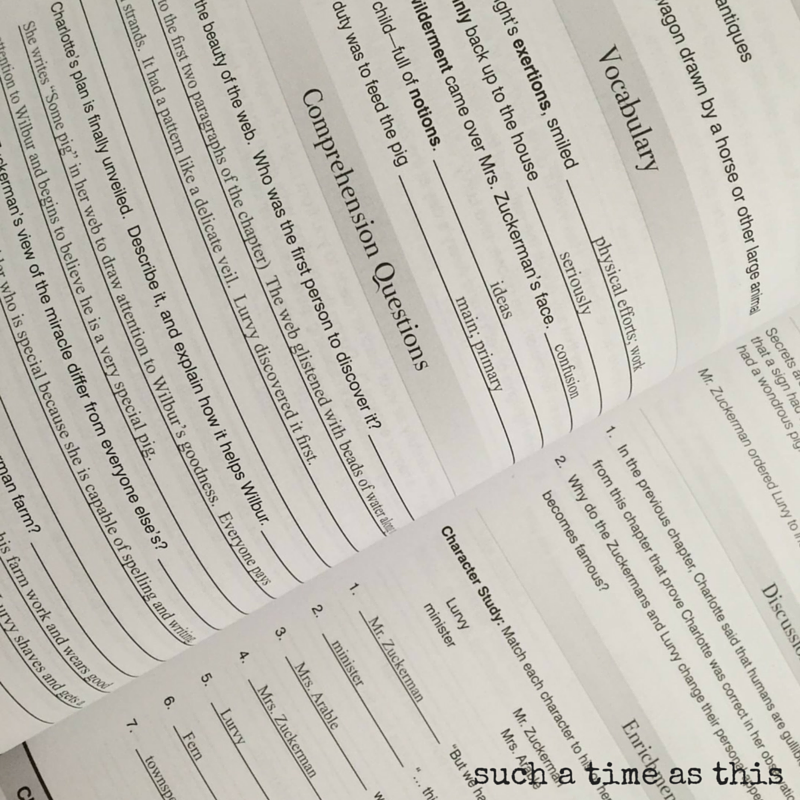 The quizzes, which are not available in the student book, span four chapters each. You will need to make a copy of the quizzes and tests to use with your student. I noticed that each guide is slightly different from one another. For instance, Mr. Popper’s Penguins doesn’t feature quizzes or tests whereas the others all do. It also doesn’t have an enrichment section but it does have an activity. Both Mr. Popper’s Penguins and A Bear Called Paddington are shorter therefore have less chapters in the guide, as well.
The quizzes, which are not available in the student book, span four chapters each. You will need to make a copy of the quizzes and tests to use with your student. I noticed that each guide is slightly different from one another. For instance, Mr. Popper’s Penguins doesn’t feature quizzes or tests whereas the others all do. It also doesn’t have an enrichment section but it does have an activity. Both Mr. Popper’s Penguins and A Bear Called Paddington are shorter therefore have less chapters in the guide, as well.



